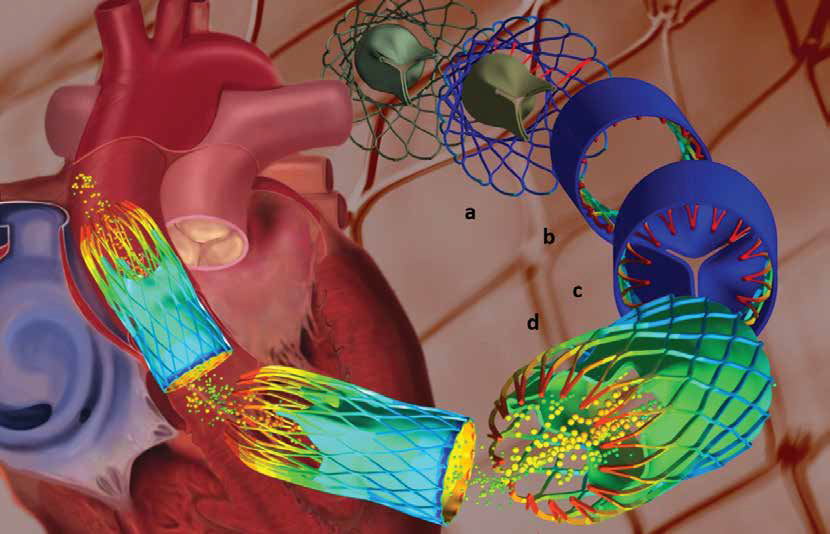This technical paper presents an analysis process to accurately examine the environmental loads and structural stability of a Floating photovoltaic (PV) power plant. The method includes a hydrodynamic analysis of the Floating PV in its water-based environment as well as a structural analysis of its structural stability based on the characteristics of motion it undergoes.
The method proposed used ANSYS AQWA which allows environmental conditions to be included in the analysis such as the fender, the joint, the cable winch, irregular waves, birds, etc.
Read the articleCASE STUDY
The adoption of SBES has significantly increased in the last two decades, driven by advancements in computing technology and the rise of Industry 4.0, which promotes nine key enabling technologies, including engineering simulation and big data analytics. SBES is crucial for the integration and automation of production systems, improving flexibility, speed, and quality.
automotive construction energy cfd metal-process-simulation

CASE STUDY
Since this cannot be accurately measured in an implanted stent, manufacturers decided to use Multiphysics to simulate the process to better understand the method and to calculate the forces operating on the implant in order to improve the stent design and the surgical procedure, as described in this article.
cfd biomechanics ansys